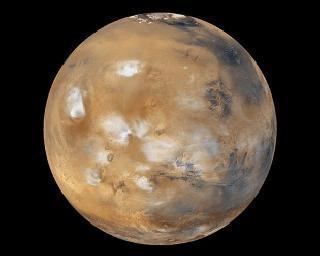
Planet Mars. Photo: NASA/JPL.
LONDON (PTI): The 'canals' on the surface of Mars reported by astronomer Percival Lowell are just an optical illusion, researchers have concluded based on the extensive observations of the Red planet.
The high-resolution stereo camera on ESA's Mars Express revisited the Argyre basin, aiming at Nereidum Montes, some 380 km northeast of Hooke crater.
The stunning rugged terrain of Nereidum Montes marks the far northern extent of Argyre, one of the largest impact basins on Mars, ESA said in a statement.
Nereidum Montes stretches almost 1150 km and was named by the noted Greek astronomer Eugene Michel Antoniadi.
Based on his extensive observations of Mars, Antoniadi famously concluded that the 'canals' on Mars reported by Percival Lowell were, in fact, just an optical illusion.
The images captured by Mars Express show a portion of the region, displaying multiple fluvial, glacial and wind-driven features.
Extensive dendritic drainage patterns, seen towards the north of the first and topographic images, were formed when liquid water drained into deeper regions within the area.
On Earth, tree-like channels of this kind are usually formed by surface run-off after significant rainfall, or when snow or ice melts.
Similar processes are thought to have occurred on Mars in the distant past, when scientists now know there to have been water on the surface of the Red Planet.
Several of the craters within the region, particularly in eastern parts of the first image, show concentric crater fill, a distinctive Martian process marked by rings of surface fluctuations within a crater rim.
The ratios between the diameter and depth of the filled craters suggest that there may still be water ice, possibly in the form of ancient glaciers, present below the dry surface debris cover.
Scientists have estimated that the water-ice depth in these craters varies up to hundreds of metres.
The largest crater on the south western side of the first and topographic images appears to have spilled out a glacier-like formation towards lower-lying parts of the region.
A smooth area to the east of the glacial feature appears to be the youngest within the image, evidenced by an almost complete lack of cratering.
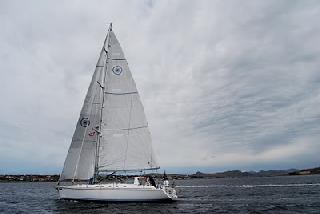 Previous Article
Previous Article Next Article
Next Article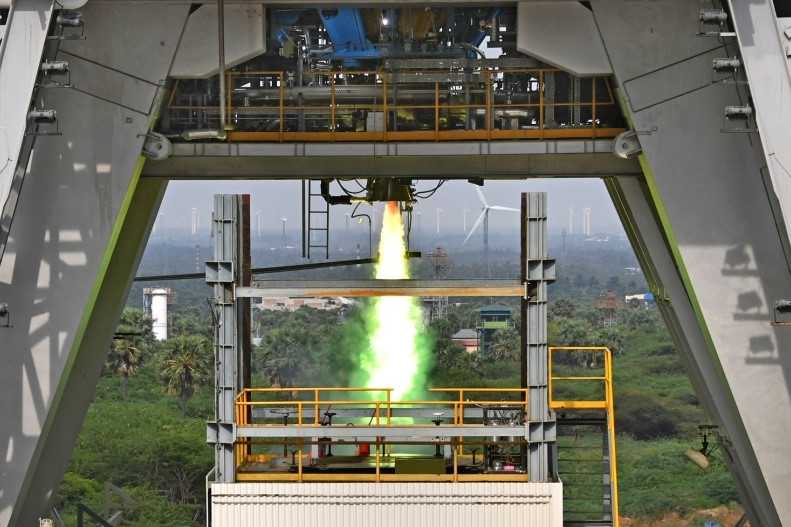

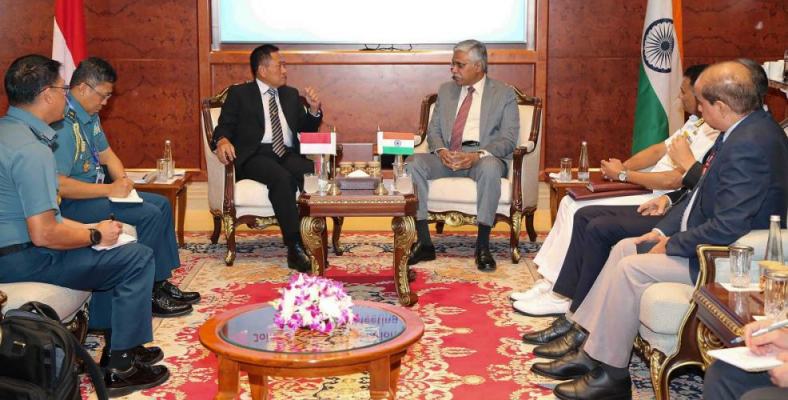
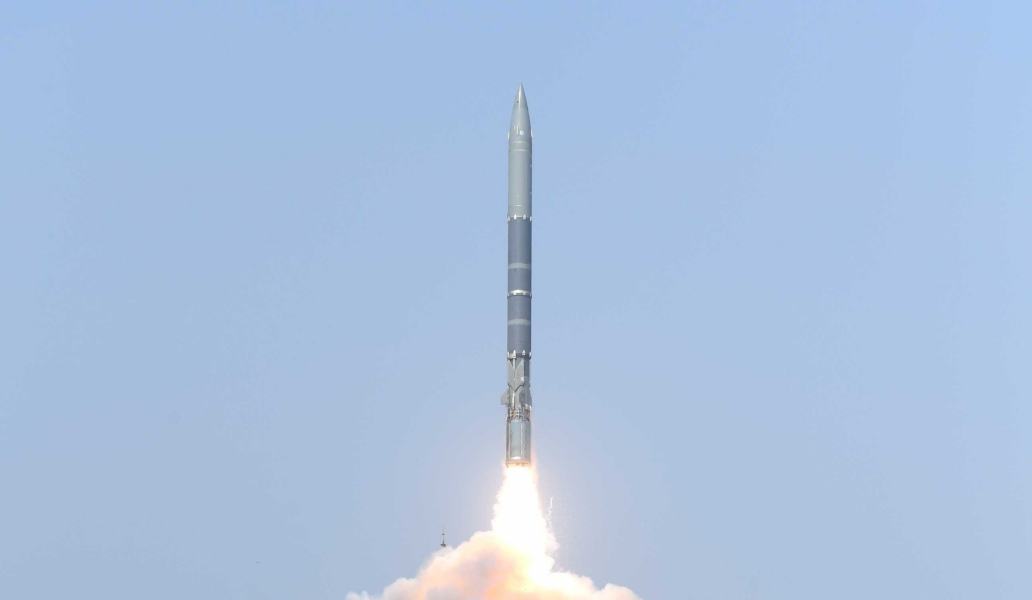



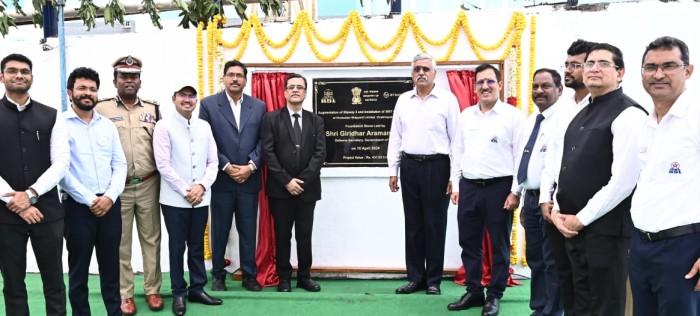





The Indian Air Force, in its flight trials evaluation report submitted before the Defence Ministry l..
view articleAn insight into the Medium Multi-Role Combat Aircraft competition...
view articleSky enthusiasts can now spot the International Space Station (ISS) commanded by Indian-American astr..
view article